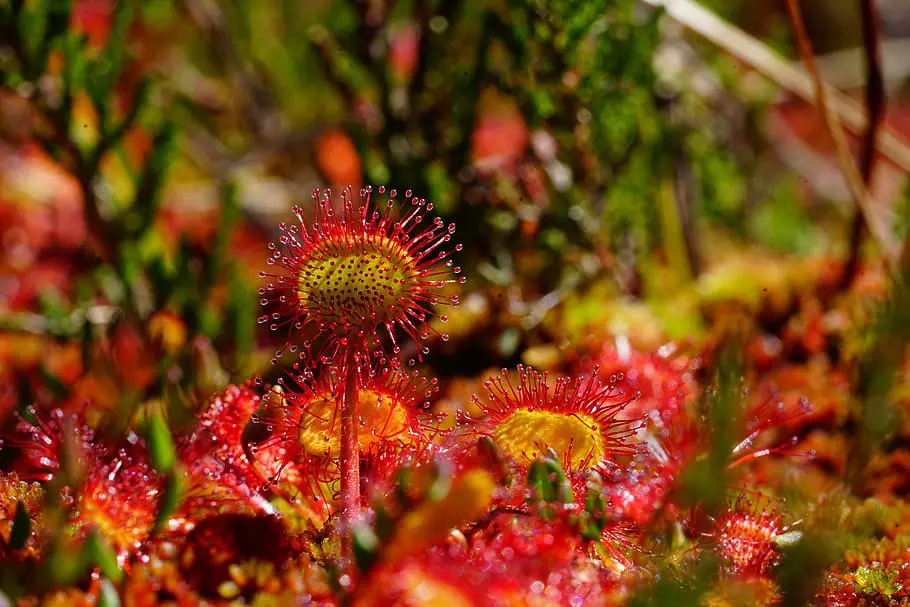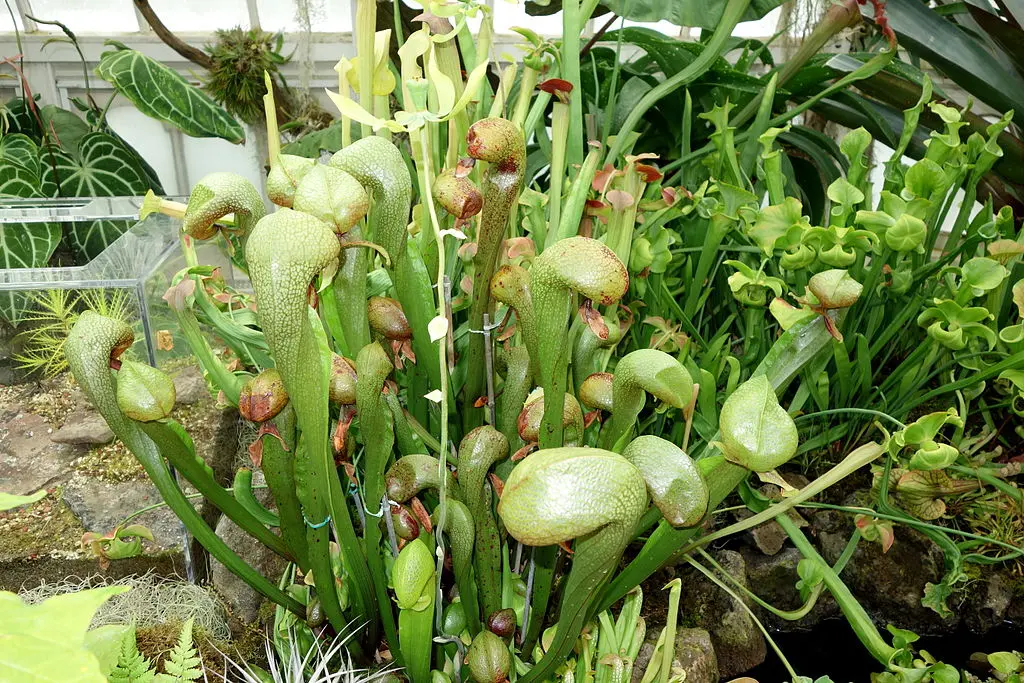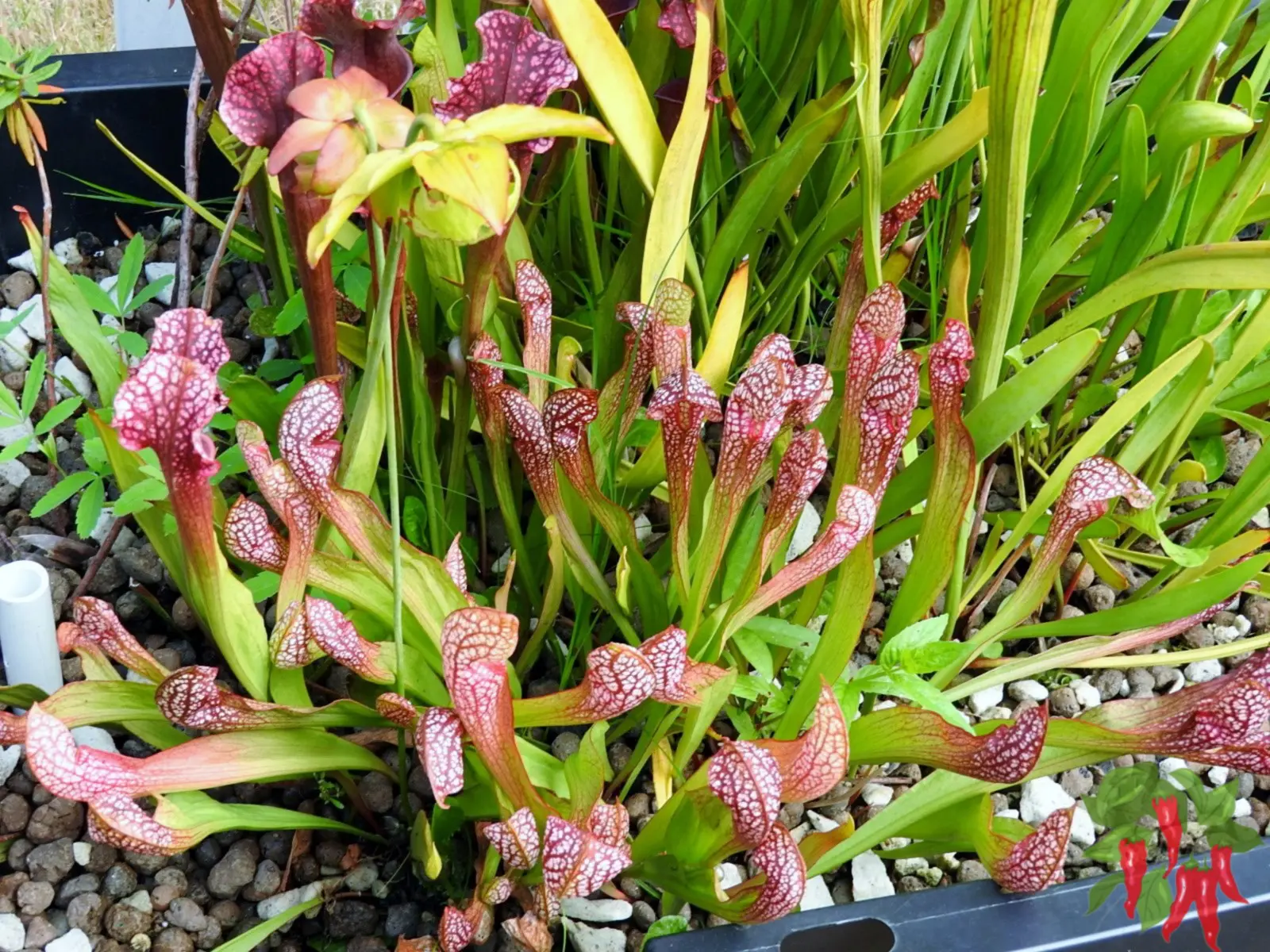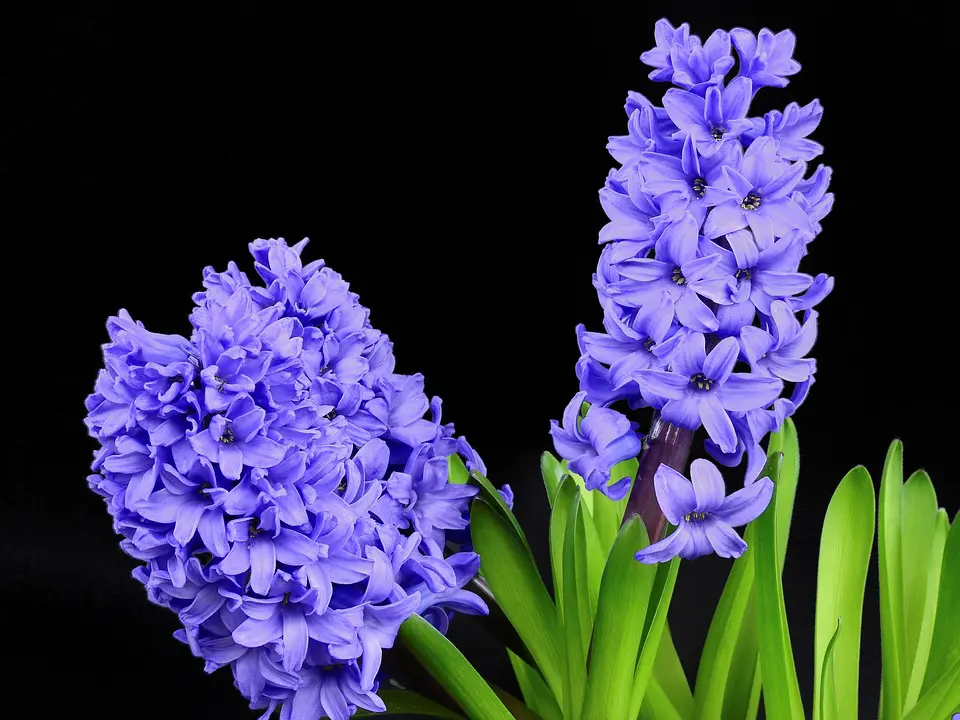This post contains affiliate links. If you buy something from one of our links we may earn a commission. Thanks
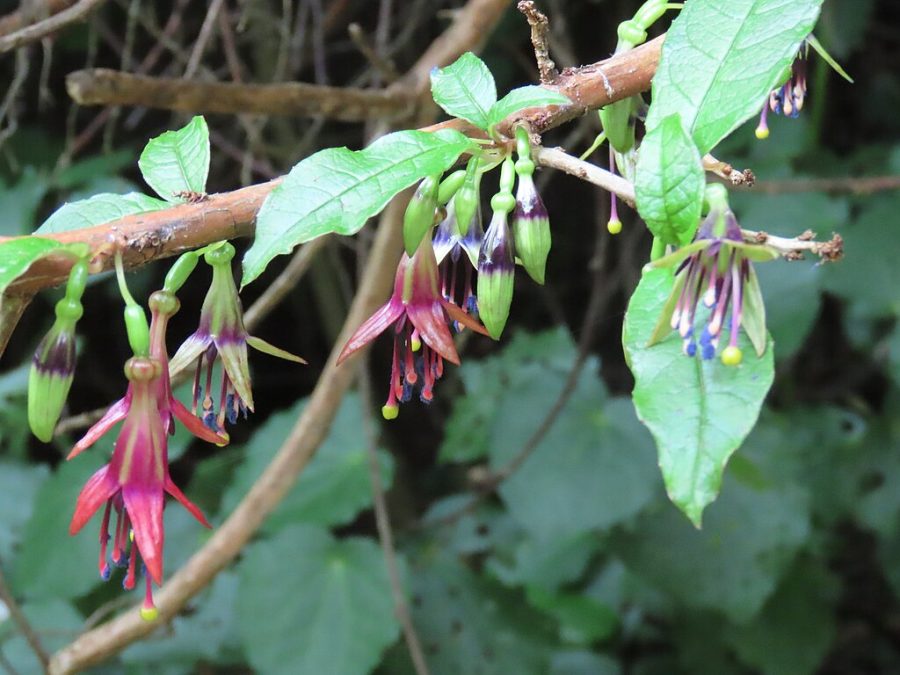
Discover the ins and outs of Fuchsia tree care, especially when grown in pots indoors. From the perfect potting mix to lighting and watering tips, our guide makes it easy to cultivate this vibrant beauty in the comfort of your home.
Growing Fuchsia excorticata in pots indoors requires well-draining soil and a bright, indirect light source. Water the plant when the soil feels dry to the touch. Maintain a temperature range of 60-75°F and provide moderate humidity. Fertilize every 4-6 weeks with a balanced liquid fertilizer during the growing season.
Welcome to the wonderful world of Fuchsia Tree Care! If you’re looking to add a splash of color and a touch of elegance to your indoor plant collection, you’ve come to the right place.
We’ve got all the details on how to nurture your Fuchsia excorticata, from choosing the right pot to mastering your watering schedule. Trust us, with a little know-how, you’ll have this stunning plant thriving in no time!
Fuchsia Tree Care – Fuchsia excorticata
Fuchsia tree care for Fuchsia excorticata is possible indoors in pots and is relatively straightforward. Choose a well-draining pot and place the plant in indirect light. Use a rich, well-aerated potting mix and keep the soil consistently moist but not waterlogged. Fertilize every 4-6 weeks during the growing season and maintain a temperature range of 60-70°F.
Welcome to the world of Fuchsia excorticata! In this guide, we’ll explore this fascinating plant that can add color and vibrancy to your indoor spaces. We’ll go over how to best to grow fuchsias as container plants in pots, focusing on indoor conditions, and offer tips on potting, lighting, watering, and more.
This is not one of those types of fuchsia for a hanging basket as it wants to grow a main stem. They are actually small trees but with traditional fuchsia flowers.
Fuchsia excorticata as an Indoor Plant Option
This plant, commonly referred to as tree fuchsia, is not only visually striking but also adaptable, making it a great choice for indoor cultivation.
Why it’s a Great Plant to Consider Growing in Pots Indoors
Its ability to thrive in a variety of conditions and its relatively easy care requirements make it a suitable choice for those looking to add some natural elements to their home interior.
The Purpose and Scope of this Blog Post
We’re here to provide you with a comprehensive guide that covers everything you need to know to successfully grow and care for Fuchsia excorticata in pots indoors.
Background Information on Fuchsia excorticata
Before diving into the care requirements, it’s helpful to know a bit about the Fuchsia excorticata, where it comes from, and what makes it unique.
Origin and Natural Habitat
Originally from New Zealand, this deciduous shrub or small tree can grow up to 50 feet or 15 meters in the wild.
Basic Characteristics: Flower Type, Foliage, and Growth Pattern
Known for its purple flowers and textured bark, Fuchsia excorticata provides year-round interest.
Why Grow Fuchsia excorticata in Pots?
Now that you’ve gotten to know Fuchsia excorticata a bit, you might be wondering why you should consider growing it in pots rather than planting it in the ground. Let’s explore this avenue.
Advantages of Pot Growing vs. Planting in the Ground
Growing Fuchsia excorticata in pots gives you the flexibility to control soil quality and moisture levels far more precisely than you could in a garden bed.
In addition, this tree is only hardy in zones 8 and above and is frost sensitive.
How Indoor Conditions Can Mimic or Supplement Natural Habitat
With the right conditions, you can recreate a mini-version of the plant’s natural habitat right in your living room.
Choosing the Right Pot
The first step to setting up your indoor Fuchsia excorticata garden is selecting the right pot. Let’s talk about what to consider in terms of material, size, and drainage.
Material
Different pot materials have their pros and cons. Ceramic pots retain moisture well but can be heavy, plastic pots are lightweight but may not breathe well, and terracotta pots are breathable but can dry out quickly.
Size
When it comes to pot size, aim for a pot that is at least 2 to 4 inches larger in diameter than the root ball of your plant.
Drainage
Proper drainage is crucial to prevent root rot. Always choose a pot with drainage holes.
Potting Mix and Soil Requirements
Once you’ve got your pot, the next step is filling it with the right soil and potting mix. This is a crucial step, so let’s make sure we get it right.
Type of Soil Best Suited for Fuchsia excorticata
This plant needs well-drained soil. Loam or sandy loam types of soil with good drainage and slight acidity are ideal for this plant.
How to Prepare Your Own Potting Mix at Home
Making your own mix can be cost-effective and tailored to your plant’s specific needs. Don’t use garden soil in pots.
Using Coco Coir and Perlite.
Adding a mix of 75% coco coir and 25% perlite can improve moisture retention, and help with drainage.
You can add some extra organic matter by using compost in the mix.
Lighting Needs
The quality of light your Fuchsia excorticata receives can make a significant difference in its new growth and bloom. Let’s shed some light on the best practices.
Ideal Light Conditions for Indoor Setting
Indirect light is optimal. Direct sunlight can cause leaf burn, while too little light can result in sparse flowering.
Avoid full sun and full shade but some morning sun is ok but avoid bright light.
Comparison: Natural Light vs. Artificial Light
Natural light is preferred, but artificial grow lights can supplement during darker months.
Tips on Positioning the Plant in Your Home
Keep your Fuchsia excorticata near a north or east-facing window, if possible. If that’s not an option, consider using a light diffuser like a sheer curtain.
How To Water Fuchsias
Watering seems straightforward, but there’s more nuance to it than you might think. Let’s dive into the specifics of watering your Fuchsia excorticata.
Frequency of Watering and the “Finger Test”
Watering frequency can depend on various factors. Use the ‘finger test’—stick your finger into the soil surface up to one inch. If it’s dry, it’s time to water. Too frequent watering can cause root rot or other fungal diseases.
Best Time of Day to Water
Early morning or late afternoon are generally good times to water your plant.
Signs of Overwatering or Underwatering
Wilting leaves or a moldy smell could indicate overwatering while drooping or falling leaves can be a sign of underwatering.
Feeding and Fertilization
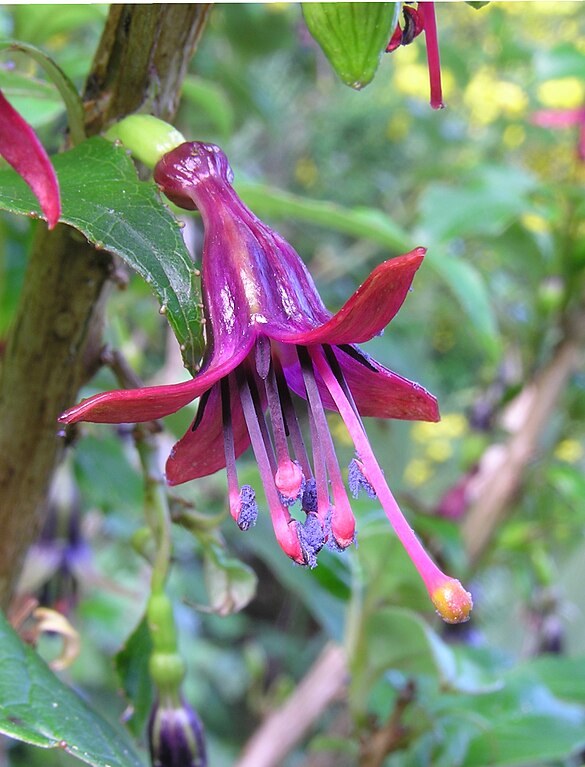
Plants need food too, and Fuchsia excorticata is no different. A proper fertilization schedule can enhance both growth and blooms.
Type of Fertilizer to Use
A balanced, liquid fertilizer generally works well for Fuchsia excorticata.
Frequency and Schedule
Fertilize every 4-6 weeks during the growing season but cut back during winter months.
How to Apply Fertilizer Effectively
Always read the fertilizer label and avoid applying it directly to the plant’s stem to prevent burning.
Temperature and Humidity
Managing temperature and humidity effectively can give your Fuchsia excorticata a stable environment in which to flourish.
Ideal Temperature Range
The plant prefers temperatures between 60-70°F (16-21°C). Try to avoid high temperatures above 80 degrees fahrenheit.
Maintaining Humidity Levels
This plant often grows in shaded forests and benefits from humidity levels above 40%.
If your air is dry place a humidifier near the plant or use a misting spray to maintain higher humidity levels.
Tools to Measure and Maintain Climate
Consider using a hygrometer to measure humidity and a thermostat for temperature regulation.
Fuchsia Plant Care – Pruning and Maintenance
Just like you go to the barber or hair salon, your Fuchsia excorticata will benefit from a good ‘haircut’ and ongoing maintenance.
When and How to Prune Fuchsia excorticata
Prune in late winter or early spring to care for fuchsias remove dead old stems or weak branches and pinch growing tips on young plants to encourage bushier growth for best results.
General Maintenance Tips to Keep Your Plant Healthy
Check for pests, rotate the plant for even light exposure, and clean the leaves regularly.
Common Pests and Diseases
Even indoor plants aren’t immune to the occasional pest or disease. Let’s look at what to watch out for and how to deal with it.
Identifying Common Issues Like Aphids or Fungal Infections
Early detection is key. Keep an eye out for pests like aphids, spider mites, or signs of fungal infections like discolored leaves.
Recommended Treatments and Preventive Measures
Neem oil works well for most pests, while a fungicide can help treat fungal issues. Using insecticidal soap is another option. Quarantining new plants before adding them to your indoor garden can prevent the spread of pests and diseases.
Repotting
Like any growing thing, your Fuchsia excorticata will eventually outgrow its home. Here’s how to make the move as smooth as possible.
Signs That Your Fuchsia Excorticata Needs a Bigger Pot
If you see roots growing out of the drainage holes or notice a decline in growth, it may be time to repot.
Step-By-Step Guide on How to Repot
Be sure to water the plant a day before you plan to repot it. Gently remove it from the current pot, place it in the new pot with fresh soil, and water lightly.
Fuchsia Tree Care – Fuchsia excorticata FAQ
Everyone has questions, and chances are yours have been asked before. Let’s answer some of the most commonly asked questions about Fuchsia excorticata care.
Q. How Do You Take Care of a Fuchsia Tree?
A. Caring for a Fuchsia tree involves a few fundamental practices. Ensure it receives indirect light for a good portion of the day.
Water the tree regularly, keeping the soil consistently moist, but avoid letting it sit in water.
Additionally, use a balanced fertilizer every 4-6 weeks during the active growing season to provide necessary nutrients.
Q. Do Fuchsias Like Sun or Shade?
A. Fuchsia trees have a preference for indirect sunlight, making them perfect for spots that receive filtered light throughout the day.
While they love light, direct sunlight can be harsh on them. They also manage well in partial shade, especially during the hotter parts of the day.
Q. How Do You Overwinter a Fuchsia Tree?
A. Overwintering a Fuchsia tree is essential to protect it from frost and cold weather.
In early fall, before the first frost hits, bring your Fuchsia tree indoors. Place it in a spot with indirect light and cut back on watering.
This reduced watering routine simulates the tree’s natural dormancy period, helping it conserve energy.
Q. How Do You Care for a Potted Fuchsia Plant?
A. Potted Fuchsia plants require specific attention due to their contained environment.
Ensure the pot has proper drainage to prevent root rot. Place it in an area with indirect sunlight and water when the top inch of soil feels dry to the touch.
Regularly check for pests, and feed with a balanced fertilizer during the growing season.
It’s also a good idea to periodically inspect the roots for overcrowding and repot if necessary.
Q. How Big Do Fuchsia excorticata Get?
A. The size of Fuchsia excorticata largely depends on its environment. When grown in pots indoors, these plants typically reach a height between 3-6 feet.
With the right care and space, they can become a striking centerpiece in your indoor garden.
Fuchsia Tree Care – Conclusion
Taking care of your Fuchsia excorticata doesn’t have to be a daunting task. With the right care and attention, you can have a vibrant, healthy plant that not only looks good but also feels like a natural part of your home.
Summary of Key Takeaways
From choosing the right pot to mastering the watering schedule, each aspect of care contributes to the overall health and aesthetics of your Fuchsia excorticata.
Encouragement to Try Growing Fuchsia excorticata Indoors
So go ahead, give it a try. With the right care, you’ll find that growing Fuchsia excorticata indoors can be a rewarding experience.
And there you have it! A comprehensive guide on how to care for your indoor Fuchsia excorticata. Happy planting!



